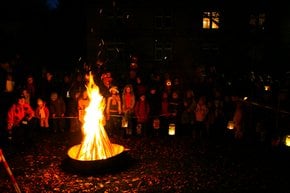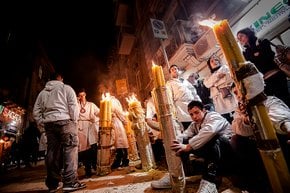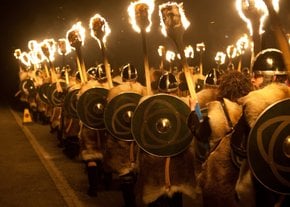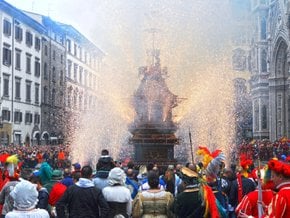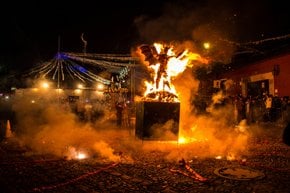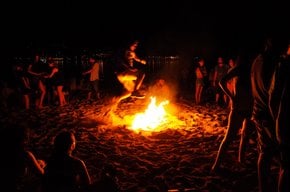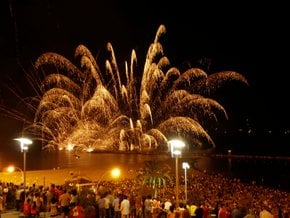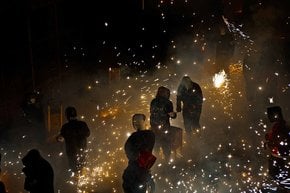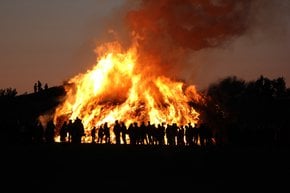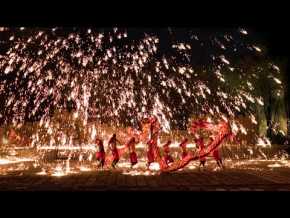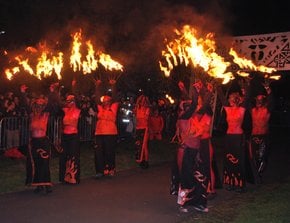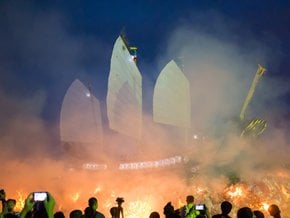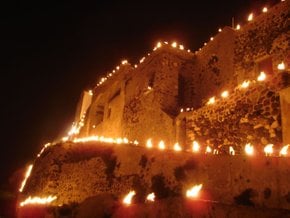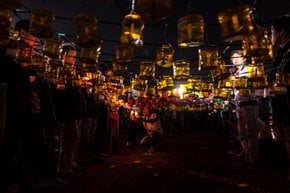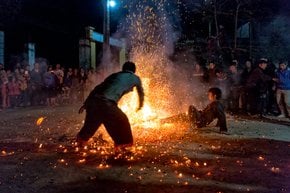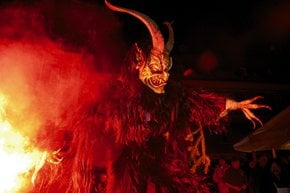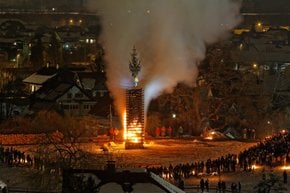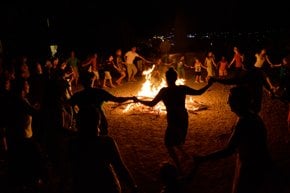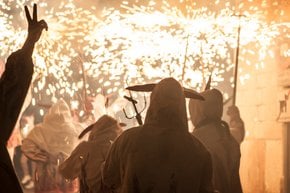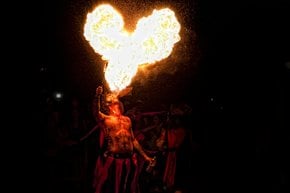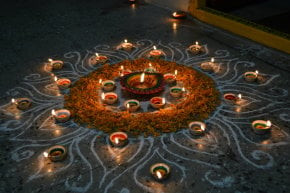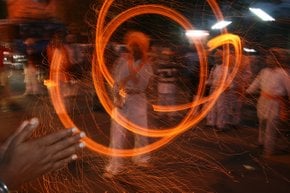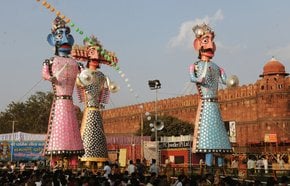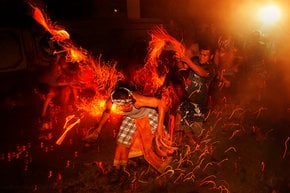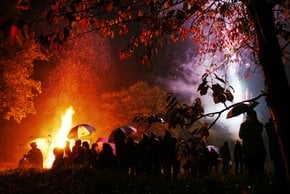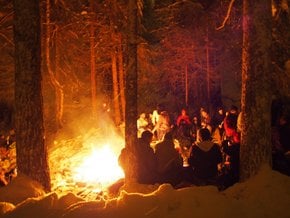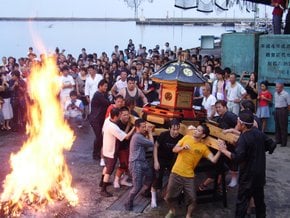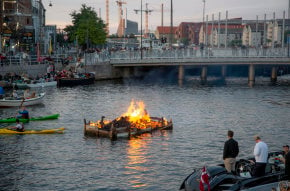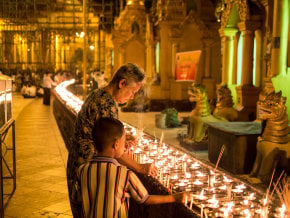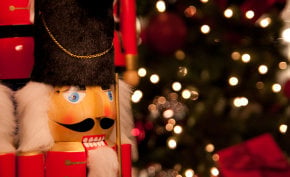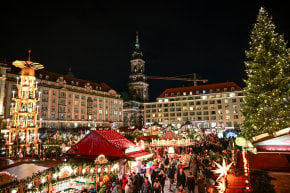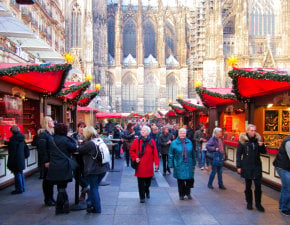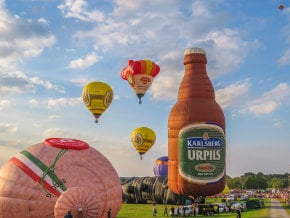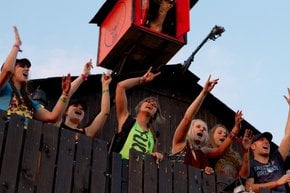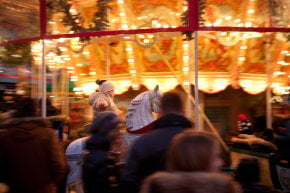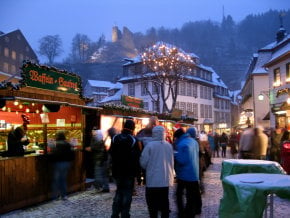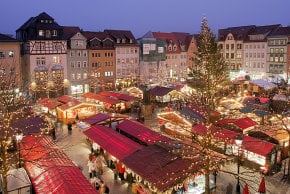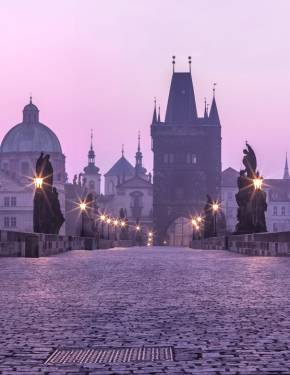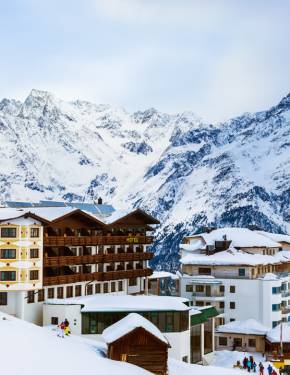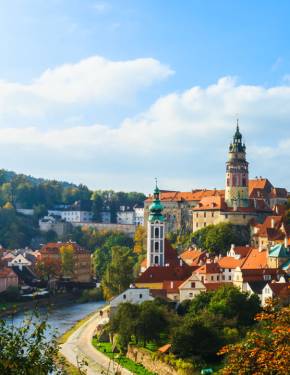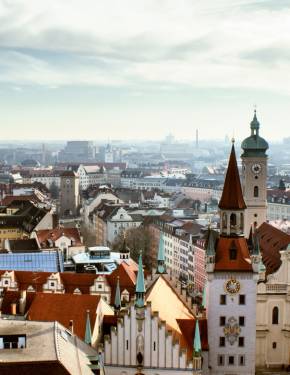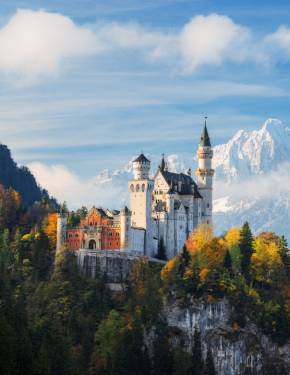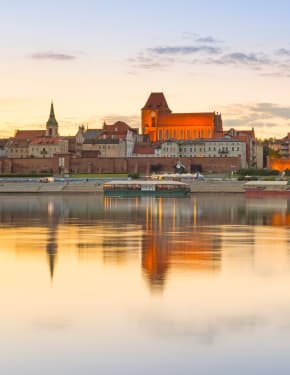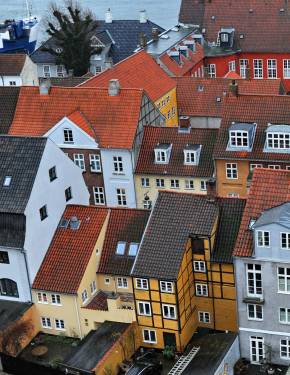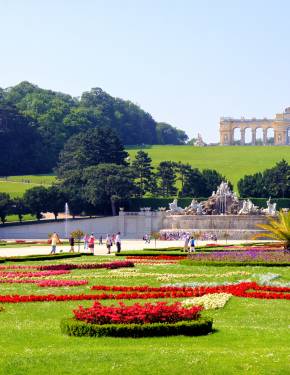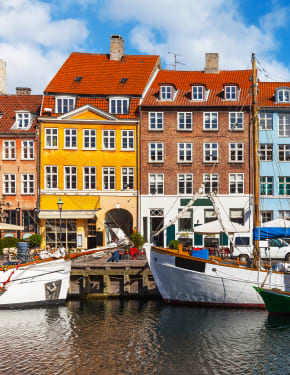St. Martin's Day (Martinstag) 2026 in Germany
Get your portion of family warmth sitting by the Martinsfeuer
Dates: November 10–November 11
Celebrated on November 11th, St. Martin's Day is akin to Halloween in its festive spirit, honoring St. Martin of Tours, a revered Catholic saint who was once a Roman soldier and later became a monk. Known as Martinsumzug in German-speaking countries, this day is marked by bonfires and lantern processions. Each year, thousands of people, both young and old, celebrate St. Martin's Day, particularly in the predominantly Catholic regions of the Rhineland and Southern Germany.
Martinmas Eve Bonfires
In Germany, a widespread tradition on St. Martin's Eve is to light bonfires known as Martinsfeuer. In recent years, these fires have been accompanied by processions that extend over nearly two weeks leading up to Martinmas (Martinstag). Historically, the Rhine River valley would be lined with fires on the eve of Martinmas. In the Rhineland, St. Martin's Day is traditionally celebrated with a feast of goose, but it is also common for people to gather around a fire and share a roasted suckling pig with their neighbors. One of the largest bonfires takes place at Marktplatz in Bonn on November 10, following a parade that starts at 5 p.m. in the Hofgarten.
Lantern-Carrying Parades
St. Martin's Day parades and children's lantern processions, called Laternelaufen, occur on November 10th or 11th. Children make colorful lanterns at school and sing songs as they parade from a church to a public square, where Martin's pretzels are handed out and a bonfire is lit. Authentic parades can be seen in Riedlingen, Baden-Württemberg, and the largest procession takes place in Kempen, northwest of Cologne, with about 4,000 people marching behind a Roman soldier on a white horse. Afterward, children go door-to-door singing for candy and treats, creating a festive atmosphere. Lantern parades, originally a Catholic tradition, are now popular in Protestant regions of Germany as well.
Food Traditions
St. Martin's Day is also a culinary celebration. Traditional foods include red cabbage, dumplings, and especially Martinmas goose, which is tied to a legend where St. Martin was discovered hiding among geese due to their loud noise. This might explain why goose is featured on this day, or perhaps because it marks the start of the fasting season, making it a final opportunity to enjoy rich meat, known as Martinsgans.
A traditional sweet for Martinmas in the Rhineland is Martinshörnchen, a pastry shaped like a croissant to represent the hooves of St. Martin's horse and the parting of his mantle. In some regions, these pastries are shaped like men (Stutenkerl or Weckmänner).
Origins of Saint Martin's Day
Martin of Tours, born in the 4th century CE, began his career as a Roman soldier before converting to Christianity and becoming a monk. Due to his exemplary life, he was appointed Bishop of Tours, though he was reluctant to accept the position. His Saint's Day is particularly beloved by children, partly due to the many legends associated with him. The most famous story recounts how he cut his cloak in half to share it with a beggar who was freezing. In the Middle Ages and early modern period, St. Martin's Day was a significant festival in many parts of Europe, especially in Germanic-speaking regions. It marked the end of the harvest season and the beginning of winter, ushering in the "winter reveling season."






